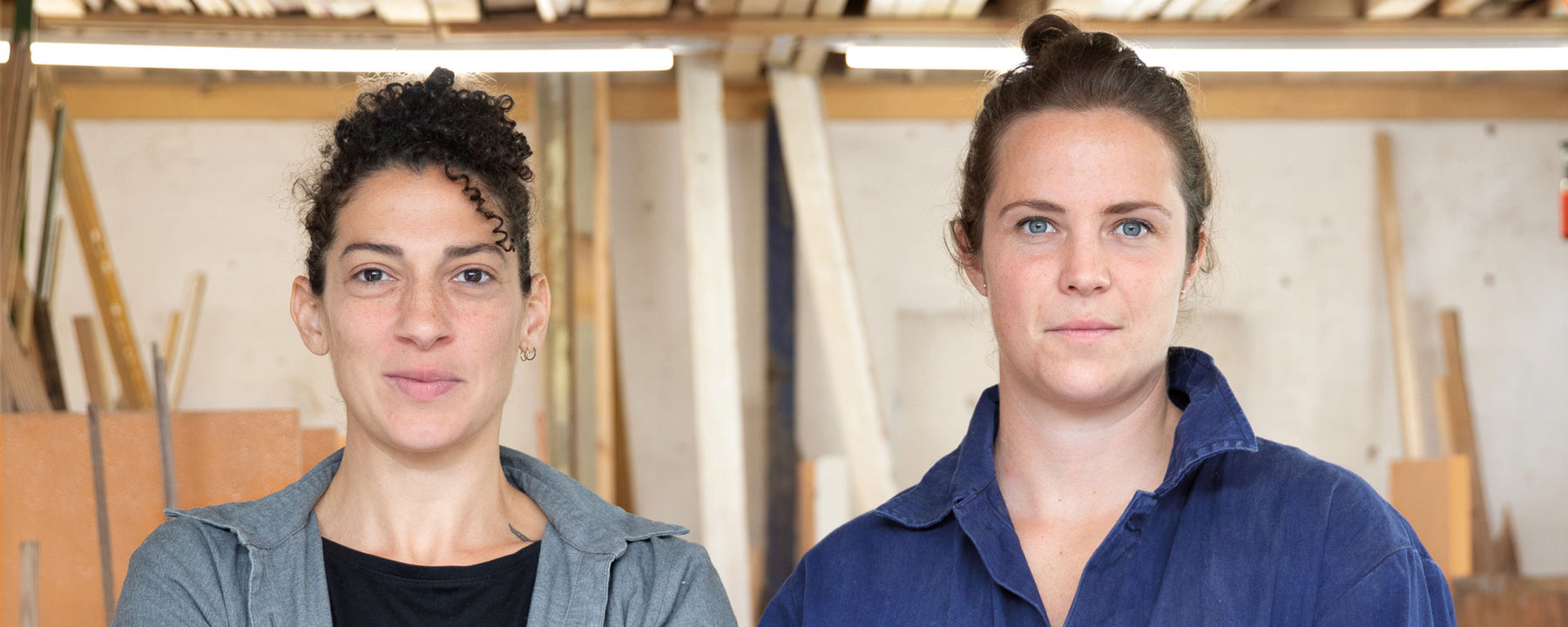
Rethink the System
Problems are just an opportunity to look for solutions.
Barbara Fellmann and Claire D'Orsay talk about slowing down the flow of resources, system relevance and circular business models. The conversation was conducted by Mareike Strelitz.
A system is a whole composed of several individual parts. A principle, a kind of order or arrangement of interconnected elements. All individual components are theoretically relevant to an artificial, human-constructed system. Otherwise, they would not be part of that system, would they? Since the beginning of the global Corona pandemic, we have encountered the word "systemically relevant" more often than ever before: What is vital but not essential to the continued existence of a system? Agreement is quickly reached on ensuring basic needs, but then the choice becomes difficult and controversial.
Is a picture frame relevant, is it significant for the society in which we currently live? Considered as a single and pure product, certainly not.
"The art market is the only market that is not regulated. No one can deny that the picture frame and art market is luxury, that is, hanging art in your home." (C)
If one relates it to its environment, the art and culture industry, and considers the company responsible, the answer may be different, or entirely new perspectives on the answer to this question may be opened.
"There is a clear educational and conservation mission. Man cannot be without the act of creating, of creating." (B)
The relentless need for products, possessions, and consumption is systematically encouraged. The consequences are well known.
"If we don't manage to move away from the social attitude that success is expressed only in terms of money, then we won't make it. It's still all about money and power in our system. It sounds pessimistic, but that's the current situation." (C)
Conversely, this also means that we can again change and positively influence the artificial system, because it was created by the people themselves: The next generation of business. From linear to circular: Waste management is becoming a circular economy, and value chains are being stretched across organizations to form resource-conserving networks. Implementation is a circumferential task, but the biggest challenge lies in changing the traditional mindsets of governments, businesses and people.
"The sustainability industry is still so small, and it still has this green veneer. Sustainability just doesn't have the lobby." (B)
Designing a new product or service on a blank sheet of paper with this requirement in mind is certainly a different challenge than an artisanal business and a clear product to constantly rethink as well as categorically challenge:
Narrowing cycles, which means reducing the amount of resources needed to make our picture frames, but also regularly questioning and continuously improving energy and material efficiency in manufacturing. Most waste is still generated in the construction industry. Therefore, it is not surprising that most of the scrap wood slats that we also use to build picture frames are built from discarded old building doors, flooring, roof beams, etc. Waste is thus avoided, and we can send the wood into another round of the material cycle. Upcycling is the reprocessing of discarded materials, giving them a new function and increasing their value.
Another possibility for the narrowing of the production cycle we see in the return of picture frames, no matter from which manufacturer. This way, at least the waste can be reduced and some materials can be reused: the principle of redistribution, also known as the flea market principle. Technically, it would be easy to create a kind of register that gives an overview of unused mouldings and remaining stock. Before new lasts are produced, they could first be used up.
"There are so many materials that have already been produced. We know this from the fashion industry: the warehouse is always full, and it is not produced on demand, as is done in Japan, for example. In old stores, in basements of private homes, everywhere you can find unused frames and moldings." (C)
"A Europe-wide cataloging is a time-consuming task and not yet feasible for us without financial support." (B)
Closing loops, that is our biggest challenge: the perfect cycle according to the cradle-to-cradle concept (Braungart/McDonough 2014). Consistently implemented, it means that all materials can be recycled


Leave a comment